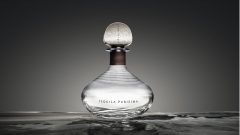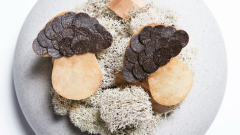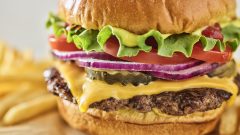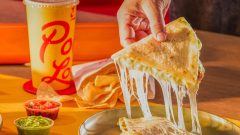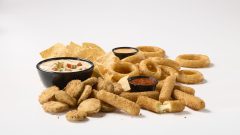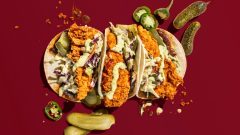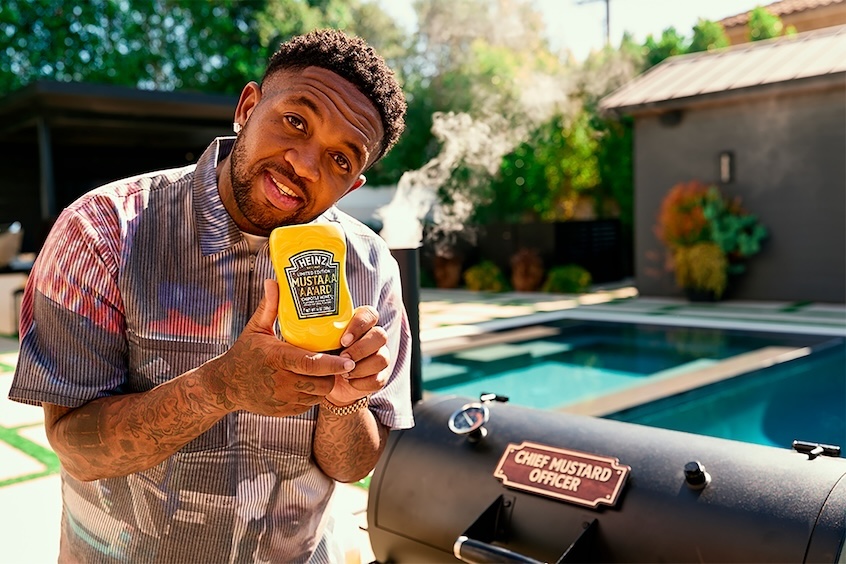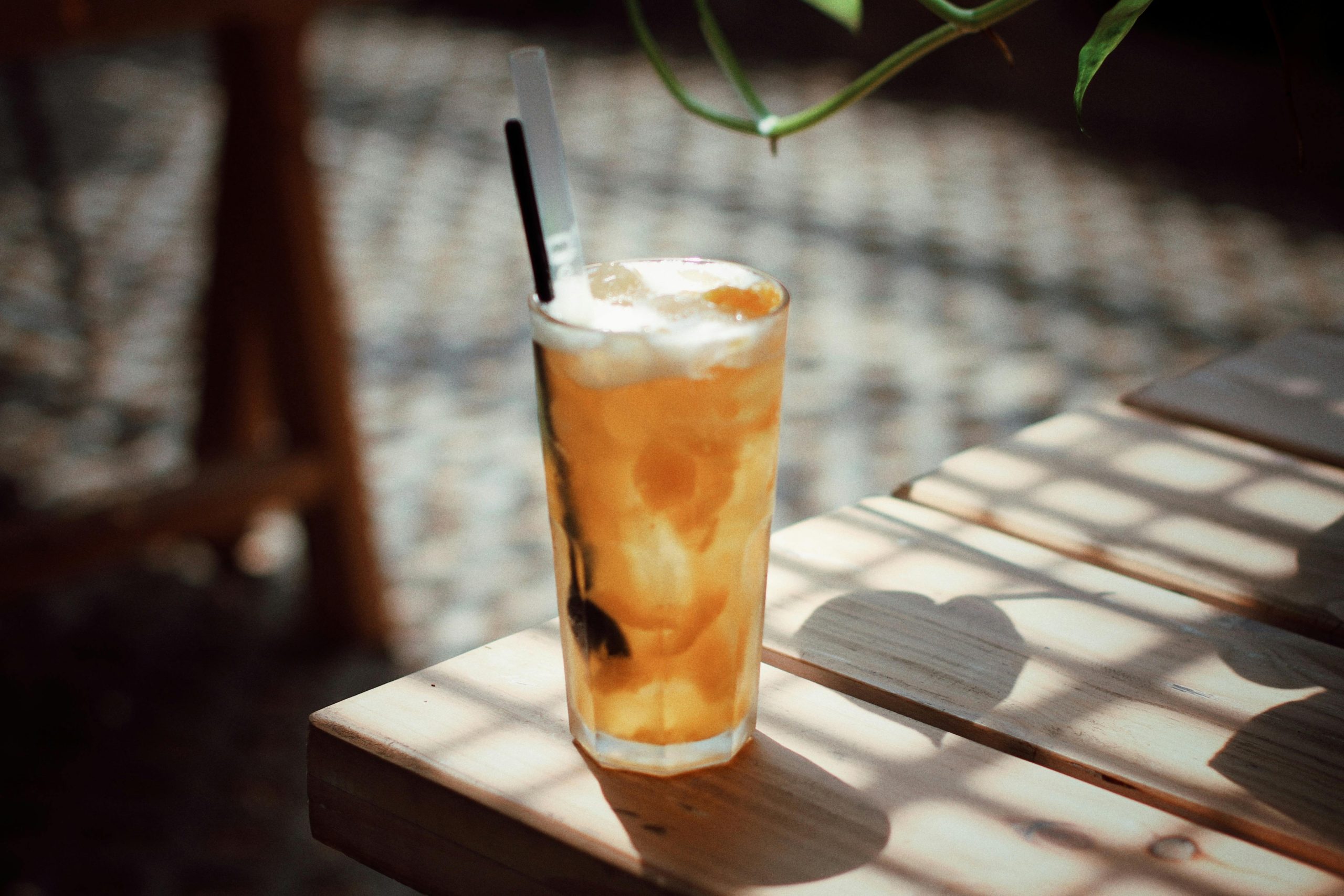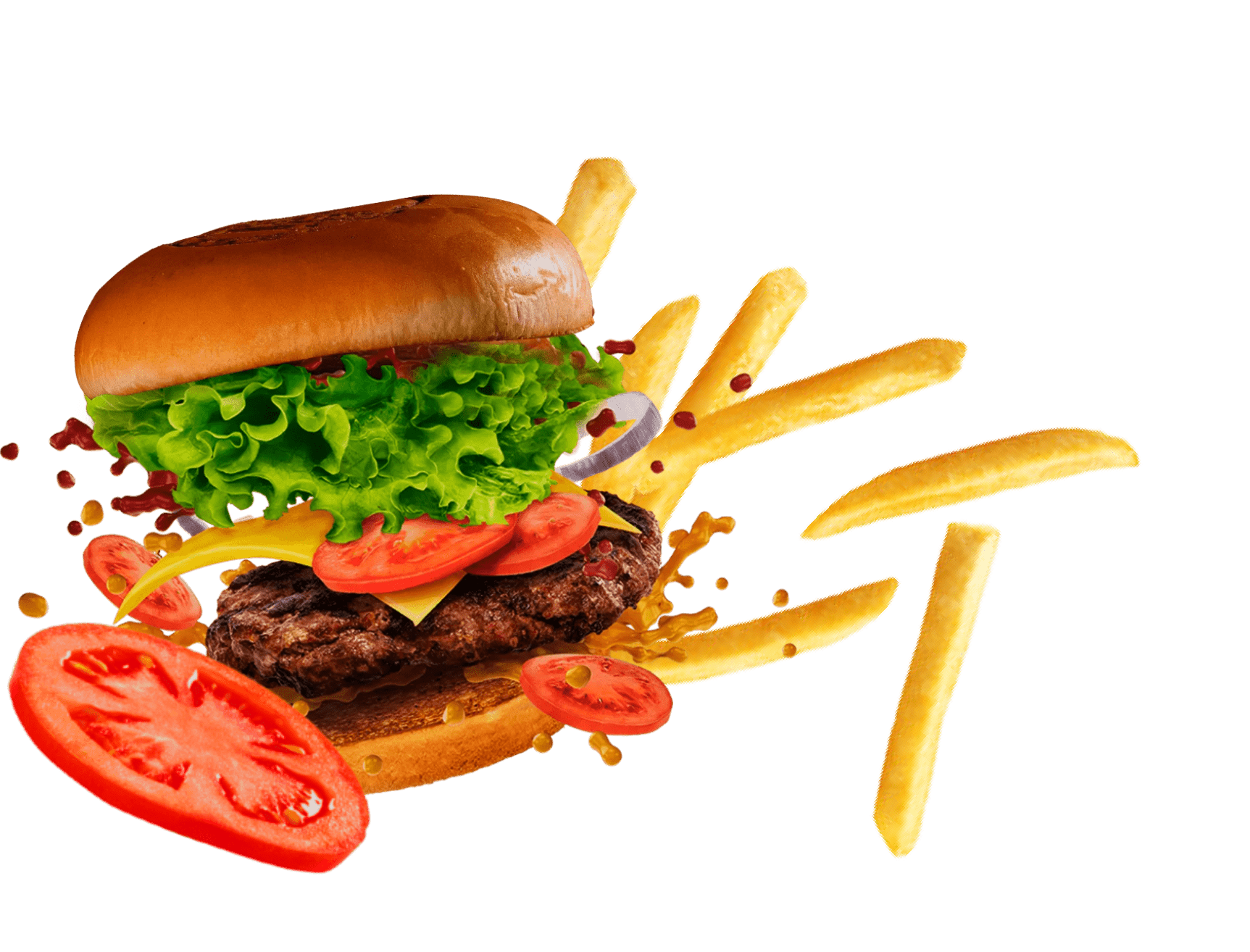Debunking 9 Of The Internet’s Most Viral Egg Experiments
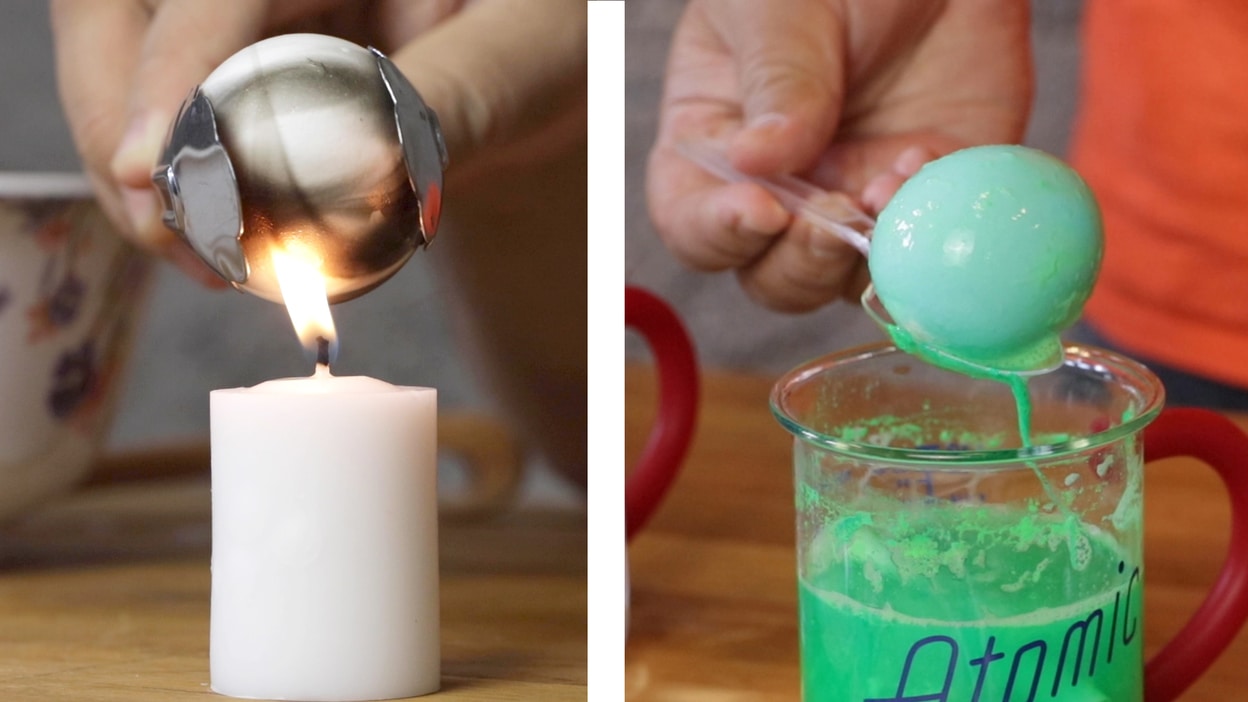
Some of the most viral videos on the internet come from fun food “science experiments,” most of which are fun ways to transform or think about the things we eat. Eggs tend to be an especially popular category, especially with the myriad of seemingly mystical alterations they can go through.
However, as is always the case with the internet, things may not always be what they seem, especially when put through the lens of a jump-cut video. To prove whether some of the most viral egg experiments were actually true or not, we decided to test them out ourselves. The entire process took over 24 hours, all of which we conducted live on our Twitch channel so that folks could see how it all played out.
Below are the results of the nine experiments we attempted to prove as true or false. You can also view the shortened YouTube version of how we conducted these tests above.
Vinegar Egg Experiment

We took a few different eggs, added them to a beaker of distilled white vinegar, and let them sit for about 30 hours at room temperature. Marinating raw eggs like this for over a day is supposed to eat away at the egg shell and solidify the egg white, leaving you with a bouncy egg.
While our shells didn’t completely eat away, the eggs were slightly bouncy, but couldn’t survive a fall of more than a foot. Since it didn’t work as the internet led us to believe on both parts, we marked this test as failed.
Neon Vinegar Egg Experiment

By adding highlighter to the above vinegar solution, you can effectively dye the dissolved egg, leaving it a neon-like hue. Apparently, this may also glow under black lights, but we didn’t have one available to test it out. As for the dying, though, this one succeeded.
Dissolving Eggshell Experiment

If you take just the egg shell and remove all of the insides, you can also dissolve it in vinegar. What you should be left with is a thin membrane enclosed, almost like a small bouncy ball. After 30 hours, almost all of the egg shell had dissolved, but not quite. Had we given it an extra 12, this would have worked the way we wanted, so we said this experiment was a success.
Silver Egg Experiment

This experiment relies more on optical illusions, it seems, but by charring an egg shell completely then setting it in water, you’re left with a silver hue on the outside. This one was tough, but managed to work out for us, making it a success.
Blooming Egg Salad Experiment

Although it’s more of a hack than an experiment, we were curious to see how pressure played a role in this test. By pushing an egg through something thin yet tough, like a mesh, you can effectively dice it into thin pieces. While this was a success for us, you do have a little bit of a mess at the end from any bits that get smushed against the mesh.
Egg Shaping Experiment

When eggs are cooling after being hard boiled, the shape of the white can apparently be changed by adding the right amount of pressure. We were able to use this to make eggs in the shape of diamonds and cylinders, so this egg “science” was a resounding success.
Egg Bottleneck Experiment

Apparently, cooling hard-boiled egg whites can act like a more viscous solid that allows it to move and transform its shape. In this case, we were able to use steam from boiling hot water to create a vacuum, pulling the egg through a hole smaller than itself and trapping it inside a carafe. It did take a few minutes (a lot longer than what some videos would have you believe), but it was a success nonetheless.
Blow Peeling Experiment

In some viral experiments, we saw people “peel” hard boiled eggs by breaking off the top and bottom pieces of shell, then blowing through one end to force it out. Yes, this was ridiculous as it sounded, and even the strongest of gusts we could muster couldn’t get the egg to budge. For us, this was a fail.
Golden Egg Experiment

Shaking an egg long and hard enough can, some claim, mix together the yolk and the white so that when you boil it, the resulting egg is yellow all the way through. After several minutes of vigorous movement, the yolk simply would not mix, no matter what we did. This was a disappointing fail.
Overall, 6 of the 9 experiments we tried did end up succeeding, proving that while most of what’s out there does work, as always, take what you see on the internet with a grain of salt.

